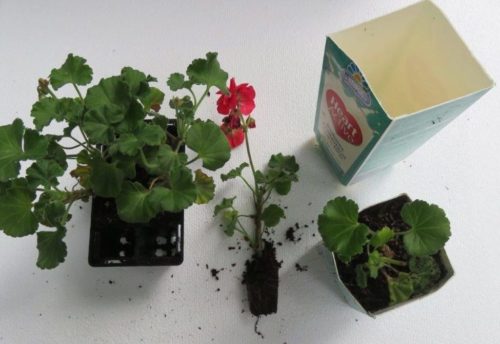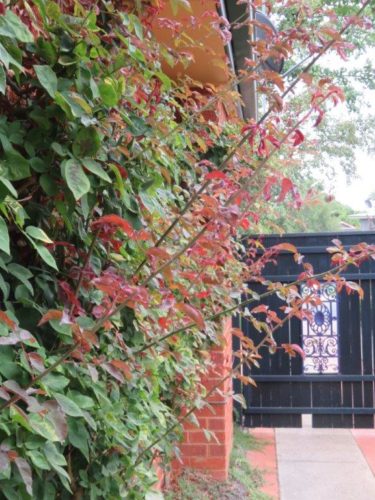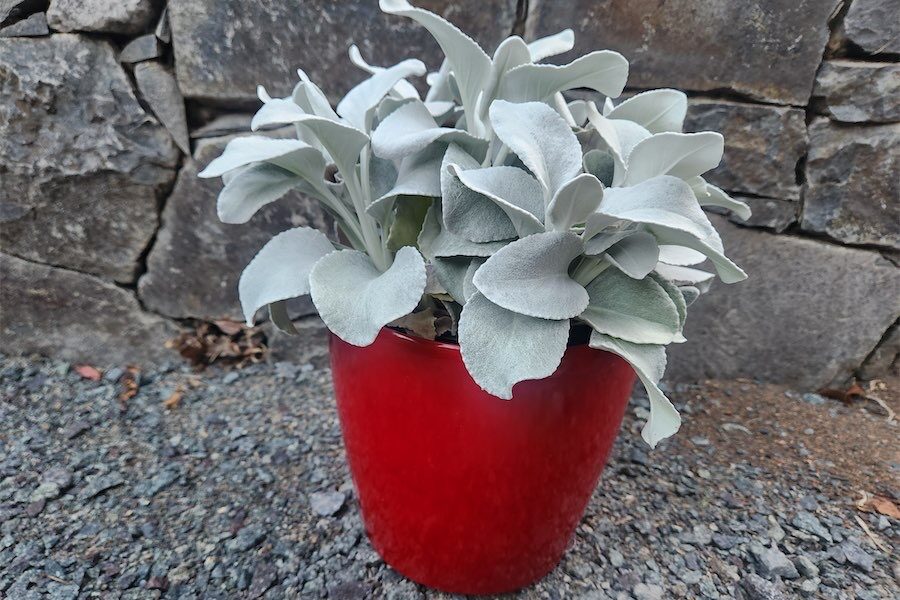
“For little to no expense, add more plants to the garden this autumn,” says gardening writer CEDRIC BRYANT.
THERE are several ways to propagate plants, from saving seeds and taking cuttings to root division and layering.

For little to no expense, you can add more plants to the garden this autumn.
Let’s start with seeds. Many perennials are about to finish flowering, so to collect seeds before they scatter, place a brown paper bag over the flower head and tie tightly around the stalk. If it rains, the bag will quickly dry out. Don’t use a plastic bag – it will sweat and rot the seeds.
Take note of flower heads that weren’t covered as an indicator when to cut the stalk just below the bag. Write the name of the plant on the bag with a waterproof pen.
One the seeds are collected, ensure they’re dry. If not, place them in an oven-proof container with a lid and pop them in the oven. This works well with banksia seeds, as in nature they rely on heat to open the hard shells. Bush fires can be nature’s way to propagate native plants.
Use a specific seed-raising mix, not potting mix, and if reusing plastic pots, clean thoroughly with a weak solution of disinfectant. The cheapest container is a one-litre, waxed milk carton. Snip the corners off the bottom for drainage. Cut the carton in half for seeds, or use the full size for say, eucalyptus or acorns with long roots. It’s important that the seeds do not dry out. Use a misting bottle rather than a hose nozzle, which can literally wash the seeds out of the container.
Commercial seed containers are placed on a heat bed with an automatic misting system, which comes on depending on the heat of the day.
It’s possible to make a cheap propagation bed with an old electric frypan. Fill it with washed river sand, turn to a low setting and place seed pots on top of the sand. Keep misting regularly, especially as the first leaves appear. Don’t transplant to a larger pot until at least two leaves are showing.
TAKING cuttings is quicker at this time of year, as the stems of plants have hardened off since the soft growth of spring. Take cuttings just under a node or leaf joint. Use a cutting compound to encourage root growth. There are various commercial products available, in a powder solution or liquid. One important point: after dipping the end of the cutting in the mixture, give it a quick flick to get rid of any surplus. If the solution is too thick, it can actually inhibit root development. Some folk have good success using honey for cuttings.
THE EASIEST method of propagation, especially with most perennials, is root division. Before you start, give the plant a good soak with an organic seaweed solution, then dig it up and divide the roots. Trim off any scraggly roots so the plant will fit in the pot. As the plant is already well-developed, start with a pot that’s 150-175mm, potting up into a premium grade potting mix. Follow up with another soak of liquid seaweed.
FINALLY, try layering. Dig a small trench near a shrub, pull down a soft branch and pin in place with a piece of wire. Cover with soil. Within a few weeks, it will develop roots.

I’M STILL receiving reports about the overwhelming growth of plants this year. Besides needing to mow lawns twice a week, many shrubs have gone berserk. I had to show a photo of our Zéphirine Drouhin climbing rose (above) with its new shoots that are more than 1.5 metres long – in just 10 to 14 days!
Who can be trusted?
In a world of spin and confusion, there’s never been a more important time to support independent journalism in Canberra.
If you trust our work online and want to enforce the power of independent voices, I invite you to make a small contribution.
Every dollar of support is invested back into our journalism to help keep citynews.com.au strong and free.
Thank you,
Ian Meikle, editor




Leave a Reply